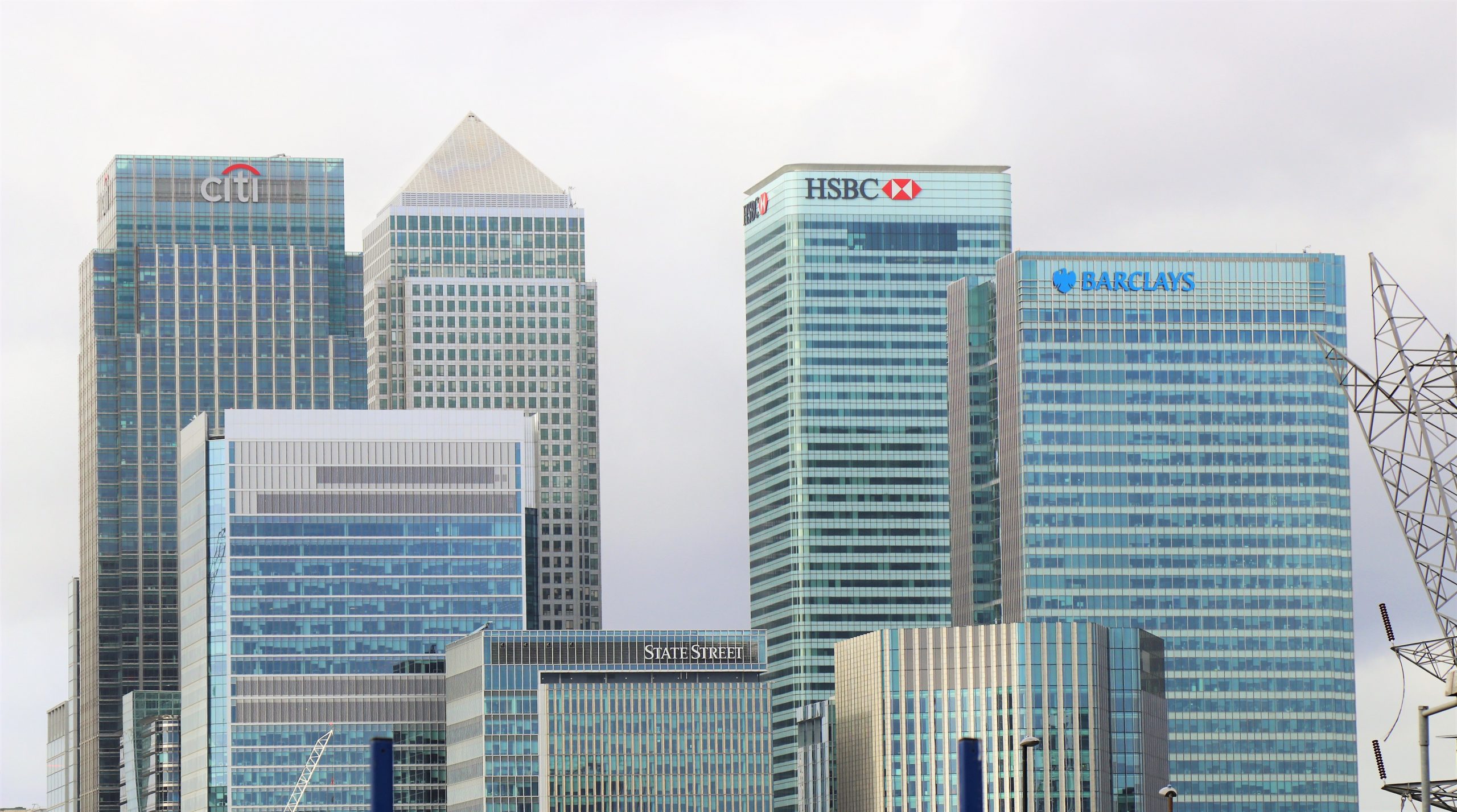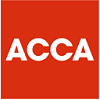In this blog, we explain what Open Banking is and what the future might hold for this new concept.
Introduction
Technology has not only transformed the accounting industry but has taken all financial services by storm, with the latest tidal wave of innovation coming within the banking sector. As of 13th January 2018, third-party providers were allowed access to financial data from banks and building societies with the consent of customers. This concept is known as ‘Open Banking’.
Definition: What is Open Banking?
In a nutshell, Open Banking means that banks can share financial data with third parties if they have permission to do so from the customer. Third parties will then have access to the customer’s financial information, including transaction history, how they interact with banks, businesses used and spending behaviours. In practice, a customer could have a current account with one provider but could then differentiate between providers in other services such as mortgages, loans, overdrafts and insurance, and be able to view this all under one platform.
For example, you may use an application where you have an account with one provider but can also view all other accounts held with different providers all in one place. Another example would be when applying for a mortgage, a third-party application can analyse transaction history to evaluate customer’s spending habits or a budgeting application that can help save the customer money by highlighting unnecessary expenditure in their account.
Open Banking can convey a wealth of benefits to customers. Price comparisons can be made between banks and other financial services and ultimately result in customers finding better deals when selecting a product. It will increase competition and innovation in the industry, making it easier for customers to find a product that suits them and potentially lead to money savings. It should be noted that by using third parties you are not guaranteed cheaper and better deals, but you will benefit from an improved decision-making process.
Background and Open Banking Timeline
• Open Banking Work Group (OBWG) – September 2015
Many will be aware that competition between banks has stagnated in recent times, and that’s why in September 2015 the HM Treasury set up the Open Banking Work Group (OBWG). The OBWG’s objective was “to explore how data could be used to help people to transact, save, borrow, lend and invest their money”. By sharing data that banks traditionally protected, third parties can use applications to help consumers satisfy their needs. As a result, the OBWG introduced an Open Banking Standard to outline how Open Banking data can be shared, created and used.
• Second Payment Services Directive (PSD2) – January 2016
In January 2016 European legislation called the Second Payment Services Directive (PSD2) was introduced. This legislation stated that from 13th January 2018 it allowed third parties to access bank information from a customer with consent.
• The Competition and Markets Authority (CMA) Report – August 2016
Following a report published in 2016 by the CMA, it was found that “older, larger banks do not have to compete hard enough for customers’ business, and smaller, newer banks find it difficult to grow and access the market”. As a result, the Open Banking Implementation Entity (OBIE) was conceived and introduced an antidote called Open Banking to increase competition within the banking industry.
• The Open Banking Implementation Entity (OBIE) – September 2016
The OBIE has a number of responsibilities to ensure the delivery of Open Banking. It is the duty of the OBIE to specify the design of the Application Programme Interfaces (APIs) which is the technology banks will use to securely provide Open Banking. All companies that intend to use Open Banking will have to be authorised by the Financial Conduct Authority (FCA) or by another European Regulator. The Entity will also provide support and guidelines for regulated third parties and banks to use the Open Banking Standards, and be in charge of managing any complaints raised against Open Banking.
Issues with Open Banking
There are a number of questions that remain unanswered.
As is to be expected, concerns have been raised about the security of sharing data. How easy will it be for fraudsters to trick customers into approving access to their private information? If fraudsters do obtain financial data, how easy will it be to determine who is accountable for this breach of security? Are APIs secure enough so fraudsters cannot intercept data flowing between banks and third parties?
It is unknown yet what criteria third parties will have to comply with in order to grant the status of ‘approved’. There are fears among FinTech businesses that the specifications that need to be followed may be unrealistic and limit the number of third parties who can access the data. Stepping back for a second and with reference to the CMA Report, the existence of Open Banking is to increase the competition between banks, but if only a few third parties are approved doesn’t this simply shift the balance of power over data from banks to third parties?
Critics have statistics on their side when debating whether Open Banking will prove to be a successful innovation. Research carried out by Accenture outlines that 69% of consumers are opposed to sharing their bank data with third parties and 59% will never change their banking habits or participate in Open Banking.
Fintech-phobes have nothing to fear if they do not want to share their data. Customers will have to give their permission for third parties to use their data, which means that if customers don’t want to share, they don’t have to.
Conclusion
Open Banking has the potential to improve the banking experience for customers and provide specialised financial advice to clients through increased competition and innovation. The obstacles it needs to overcome are the customers who favour traditional banking methods due to its simplicity and safety.
Customers will need to be convinced about the benefits that open banking can bring to their financial situation and display a willingness to embrace the change in order for Open Banking to be successful. Financial services will need to be responsive to customers’ needs and ensure data sharing is done in a safe environment. The impact is not likely to be immediate, but in the next few years, it will be interesting to see whether consumers’ pessimistic beliefs around data sharing will be eroded by the financial benefits associated with Open Banking
















There is nothing that stands out from this article that gives me confidence of any “new” underlying value adding process(es) involved which would be required to substantiate the claims made of better competition between banks and third party providers yielding value to consumers at large.
It appears at heart to be a mechanism for third party providers to quickly and directly gain access to the complete raw data to perform their services, still presumably for an enhanced fee at less risk. There is already a wealth of opportunity for the public to perform control of their personal finances, with assistance from third parties if appropriate, and these proposed information transfers risk, if anything , less direct understanding of the factors involved than is the case now, with more dependance on experts with very limited actual liabilities.
If I’ve missed the points raised, hopefully they will emerge more clearly in subsequent explanations ?